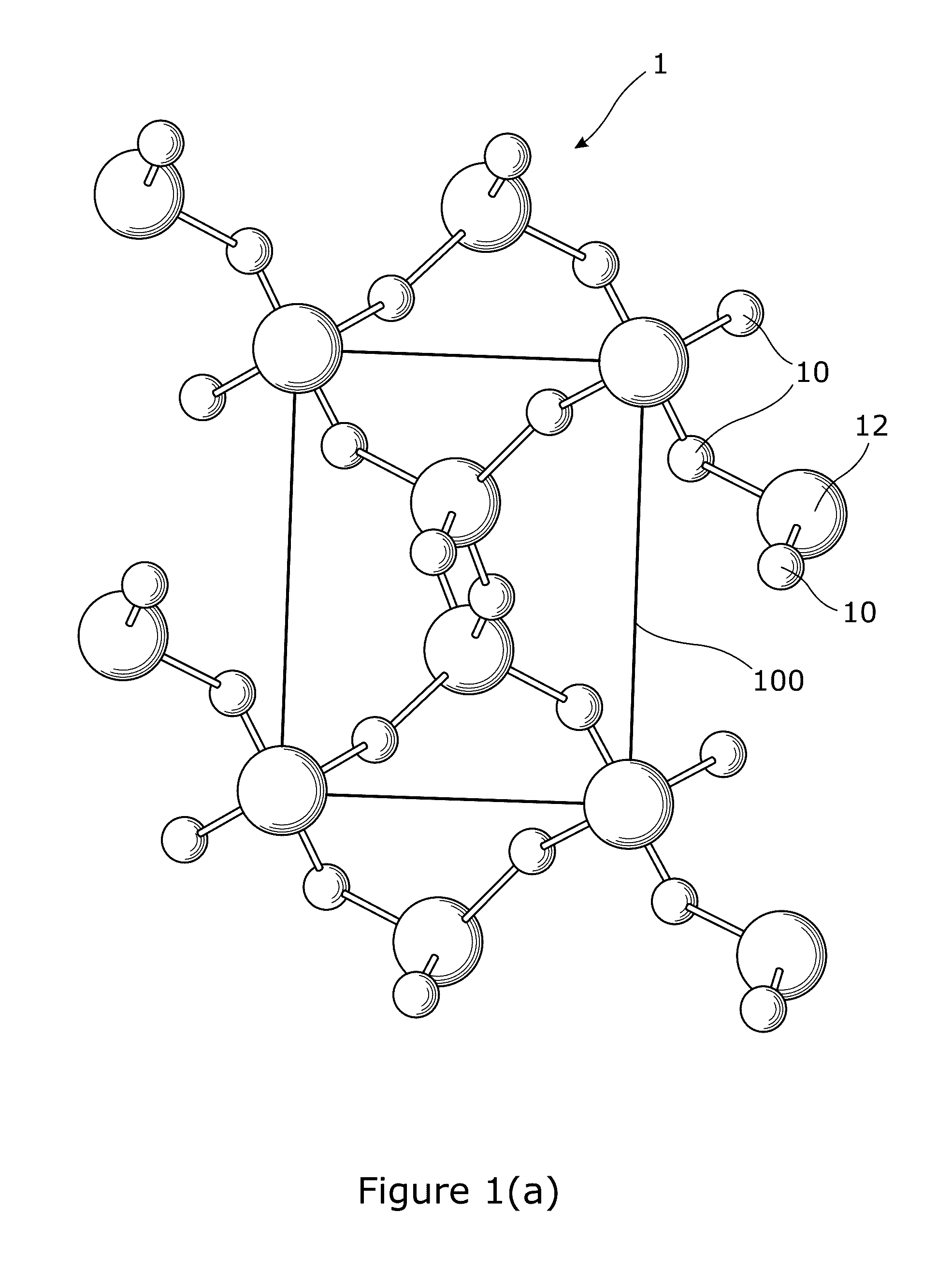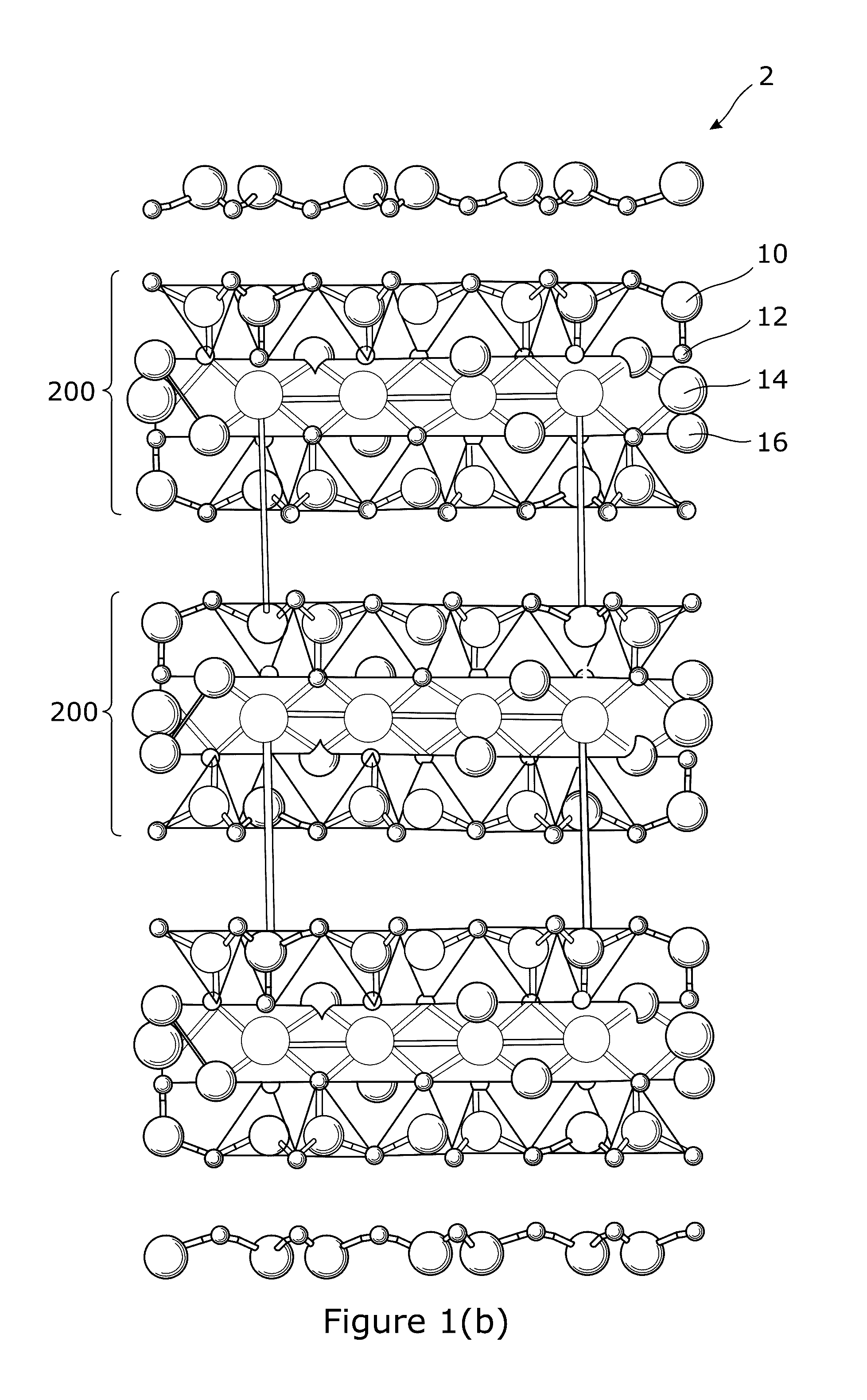Synthetic microparticles
a technology of synthetic microparticles and ash, applied in the field of synthetic microparticles, can solve the problems of low yield, inability to exercise direct control over the composition of the product produced, and contamination of ash with various levels, and achieve the effect of promoting the pre-reaction of oxide components and low cos
- Summary
- Abstract
- Description
- Claims
- Application Information
AI Technical Summary
Benefits of technology
Problems solved by technology
Method used
Image
Examples
example 1
[0171]This example shows a range of formulations of agglomerated precursor particles made with Borax according to embodiments of the present disclosure. Precursor component compositions are shown in Table 4A and agglomerated precursor compositions are shown in Table 4B. To form a precursor particle into a fired microparticle, a furnace temperature was used with the given furnace conditions: max temperature 1500° C., residence time 0.3 to 3 sec., and a firing atmosphere listed in Table 3.
[0172]
TABLE 3Firing AtmosphereEquivalence RatioO2N2CO2CH4H2Omol fraction0%70.82%9.41%0.94%18.82%
[0173]
TABLE 4ARawCom-componentBlowingMaterialponent 12BinderAgentAdditivecompositionweight %OxideSiO258.652.3Al2O322.912.4B2O336.5Na2O21.816.3K2O1.14.7Li2O00MgO1.34.8CaO5.76.7BaO0.30.07Fe2O35.14.4TiO21.1Other100SiC100H2O - bound11.747.2
[0174]
TABLE 4BFormula 1Formula 2Formula 3wt %PRECURSOR (after spray drying)Component 18743.565component 2043.522Binder101010Blowing agent222Additive111expressed as oxidesSiO...
example 2
[0175]Another embodiment of synthetic microparticles according to the present disclosure is shown in Table 5. This example shows analysis of synthetic microparticles in the form of synthetic hollow microspheres manufactured from precursor formulations provided in previous example, according to the present disclosure.
[0176]
TABLE 5Formula 1Formula 2Formula 3Microparticlesatomic %O62.7862.0562.42Si19.0119.1419.08Al8.747.177.97B2.352.502.42Na2.42.52.5K0.51.30.9Li0.00.00.0Mg0.61.61.1Ca2.02.32.1Ba0.00.00.0Fe1.31.31.3Ti0.30.10.2Other0.50.50.5O:Si3.33.23.3Total Divalent2.73.93.3Total Monovalent2.93.83.3Total trivalent12.4010.9711.70
[0177]The microparticle size can have a wall thickness of about 1 to 100 microns, preferably from about 5 to about 15 microns, more preferably from about 3.13 to about 94 microns. The wall thickness can range from about 5% to about 15% of the diameter of the microparticles. The diameters of the microparticles can range from about 30 to about 1000 microns. Diamete...
example 3
[0178]This example shows typical spray drying conditions used to produce agglomerate precursors in certain preferred embodiments of the present disclosure.
[0179]Dryer: Bowen Engineering, Inc. No 1 Ceramic Dryer fitted with a two-fluid nozzle type 59-BS
[0180]Air nozzle pressure: about 20 psi
[0181]Cyclone vacuum: about 4.5
[0182]Inlet / Outlet temperature: about 550° C. / 120° C.
[0183]Chamber vacuum: about 1.6
[0184]Slurry solids: about 50%
[0185]Agglomerate precursors produced using these spray drying conditions had a suitable average particle diameter and particle diameter distribution for forming synthetic hollow microspheres therefrom.
[0186]Agglomerate precursors produced using these spray drying conditions had a suitable average particle diameter and particle diameter distribution for forming synthetic microparticles in the form of synthetic hollow microspheres therefrom.
[0187]One preferred method of the present disclosure advantageously provides a means for producing synthetic micropar...
PUM
| Property | Measurement | Unit |
|---|---|---|
| mean diameter | aaaaa | aaaaa |
| particle diameter | aaaaa | aaaaa |
| particle diameter | aaaaa | aaaaa |
Abstract
Description
Claims
Application Information
 Login to View More
Login to View More - R&D
- Intellectual Property
- Life Sciences
- Materials
- Tech Scout
- Unparalleled Data Quality
- Higher Quality Content
- 60% Fewer Hallucinations
Browse by: Latest US Patents, China's latest patents, Technical Efficacy Thesaurus, Application Domain, Technology Topic, Popular Technical Reports.
© 2025 PatSnap. All rights reserved.Legal|Privacy policy|Modern Slavery Act Transparency Statement|Sitemap|About US| Contact US: help@patsnap.com



